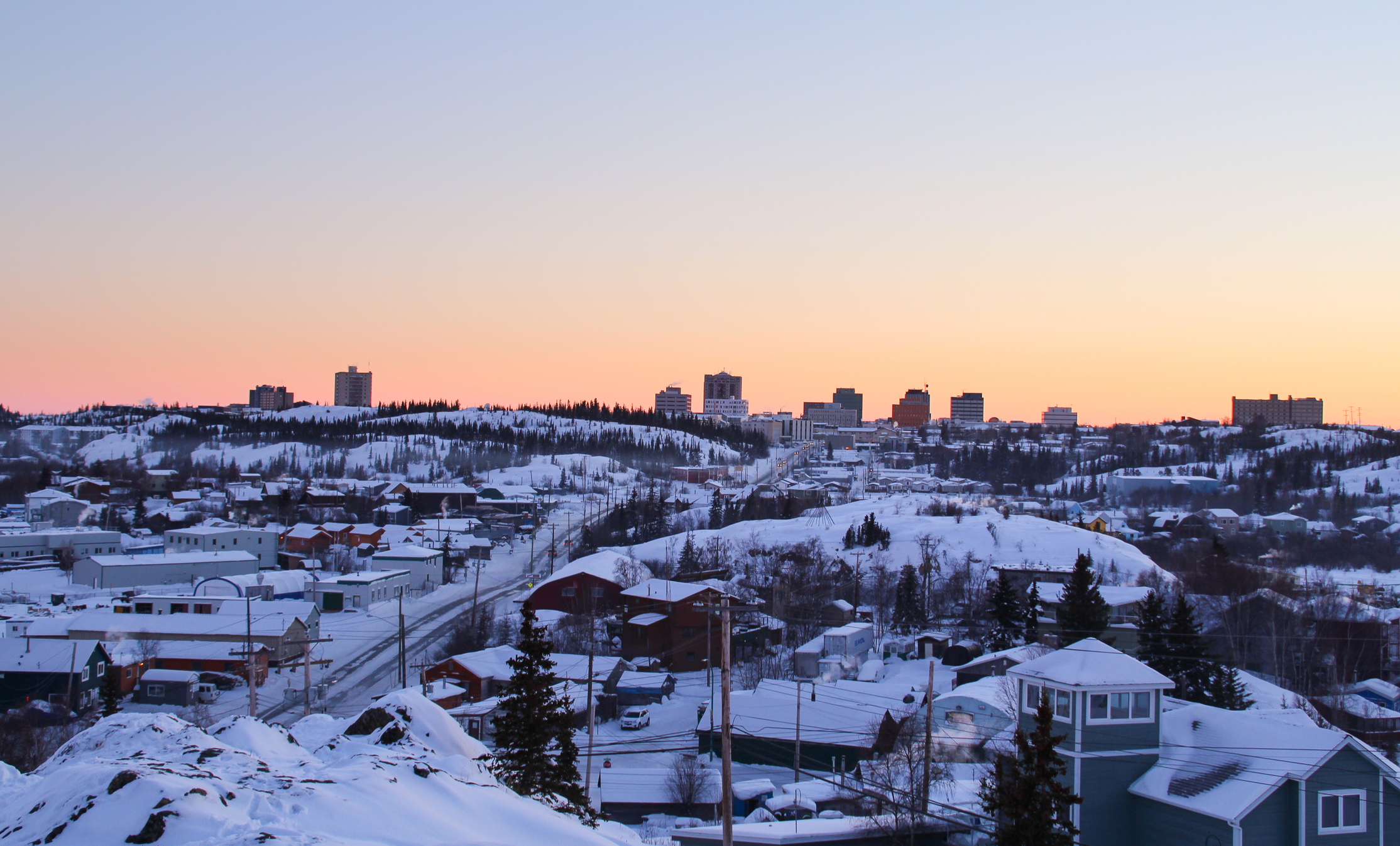Beneath the Arctic’s active ground layer (which freezes in winter and thaws in summer) lies permafrost: a combination of soil, rock, sediments, ice, and preserved frozen organisms. By definition, permafrost stays frozen for a least two years straight (though most of the north’s permafrost has been frozen for tens of thousands of years). Ranging from three feet to 4,900 feet thick, permafrost isn’t supposed to melt: it’s the cold, stable surface that supports the Arctic’s barren slopes and its wildlife, preserving organisms, slowing decomposition, and forming the foundation for northern communities’ homes and buildings. But with soaring global temperatures and wildly changing weather patterns, permafrost is melting.
Warming Global Temperatures and Thawing Permafrost
Along with the earth’s rising temperatures, oceans are warming, ice sheets are shrinking, glaciers are retreating, spring snow cover is decreasing, sea levels are rising, Arctic sea ice is melting, ocean acidity is increasing, the weather is intensifying, and precipitation is increasing – the evidence of climate change is unequivocal. And temperatures are rising twice as fast in the Arctic, probably Earth’s most climate-sensitive region, which is causing permafrost to thaw.
Because permafrost is the glue beneath the Arctic’s active layer, holding together not just ice and bedrock but microbes, carbon, and mercury, “when it thaws, a Pandora’s box is unleashed.” Thawing permafrost creates a host of problems, from damaging ecosystems (both plant and wildlife) to releasing carbon emissions and from causing rock and landslides to damaging buildings. And while permafrost thaw isn’t necessarily a new issue (permafrost has always been volatile ), the overwhelming rate at which it’s thawing now is causing rapid and widespread issues to infrastructure from Alaska through the Northwest Territories and Nunavut (not to mention Greenland and Russia).
Engineering with Permafrost
In the early days of Northern civilization, when permafrost was a solid mass four to six feet below the surface, engineers grappled with designing structures on permanently frozen ground. One of the biggest challenges was preventing the buildings themselves from heating the ground enough to thaw the permafrost. To design reliable structures in these volatile conditions, engineers harnessed permafrost’s stability to support piles and screw jacks – using anchors, greasing, heating, or sleeving to mitigate frost jacking, raising frames above ground to allow cold air to flow beneath, and building homes on thick gravel pads. But where permafrost was once steady enough to support the foundations of skyscrapers and hospitals, now it’s thawing and refreezing, which causes heaving, caving, and warping. Today, the Arctic’s permafrost is eight to 12 feet deep, causing pile drilling to more than double in depth from 18 to 35 feet. And as the permafrost melts, the engineering becomes more problematic because the ground can become muddy and mushy, resulting in increased frost jacking and increasing instability.
The Impact of Dying Permafrost
Because the permafrost is dying, roads are buckling, buildings are slumping, houses are sinking, utility poles are tilting, and river banks are eroding – ultimately putting communities not just at risk, but in danger. As a result, buildings and homes are being abandoned, and people are relocating, leading to climigration: people and communities relocating due to climate change’s impacts. The world at large views the Arctic as both remote and largely unpopulated, but over 100,000 people live on permafrost lands, which presents the challenge of stabilizing existing structures and building new ones that will last – an estimated cost of $51 million dollars.
Along with researchers and scientists around the world, engineers are rigorously working to create and innovate solutions like thermosyphons, experimental pilings, and strictly building on bedrock. Because the impact of thawing permafrost on Arctic communities is very real – real enough to create the Canadian Permafrost Association and the Nunavut Climate Change Centre to provide the research, innovation, and support necessary to address the challenges of permafrost thaw.
Anticipating permafrost thaw under existing infrastructure and buildings is crucial to managing outcomes. If municipalities, townships, and building owners wait until roads and structures show signs of thawing permafrost, it’s already too late. By working proactively to mitigate the thaw’s impact, owners can save buildings and infrastructure from total loss.
